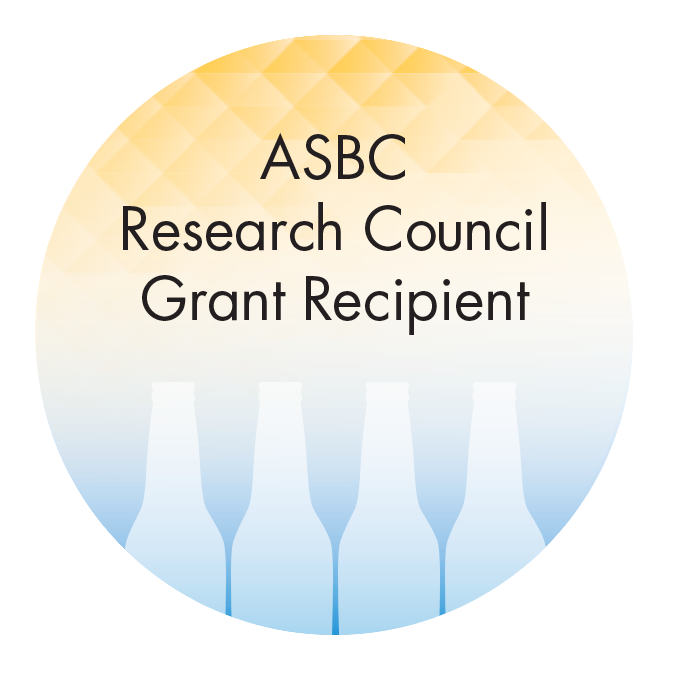 University of Southern Maine-QC2 Lab
University of Southern Maine-QC2 Lab
Development of a Simple and Portable Chemiluminescence Device for the Quantification of DMS Beer and Wort
Dimethyl sulfide (DMS) - a volatile organic byproduct created during the brewing process - imparts undesirable flavors in beer. During the mashing process, s-methylmethionine, an amino acid found in barley, is broken down into DMS. While DMS is mostly removed during mashing, the low flavor threshold of DMS (~50 μg/l), and its pronounced taste contrasting with the flavor profile of the beer can still impact the flavor of the finished product. This research aims to develop a new method for the quantitation of DMS in mash, wort, and finished beer. Due to the sensitivity of the flame-photometric detector (FPD) to sulfur-containing compounds, the standard ASBC Beer-44 method utilizes a gas chromatograph with a FPD to quantify DMS. However, this method is time and labor intensive, requires sophisticated and expensive instrumentation, requires high-purity compressed gases, and can only be performed in a laboratory. While a simple and reliable method for the analysis of DMS in wort and beer has not been developed to date, this project will expand on recent research by Nagahata et.al 2013, where they developed a simple and portable device to measure nanomolar DMS levels in water samples by vapor generated chemiluminescence (VG-CL). Their device exposes the DMS in a sample to ozone and employs a photomultiplier tube to measure chemiluminescence from the reaction. Research under this project will expand upon work by Nagahata et. al 2013 to develop a similar device, but for the measurement of DMS in beer and wort samples rather than natural water systems.
Project Objective
The overall project objective is to develop a new method for the analysis of DMS in beer and wort that relies on the chemiluminescence created by the reaction of DMS with ozones gas, and then measuring that luminescence Specific Objectives: Develop a device that can detect DMS in spiked water samples with levels similar to those found in beer, Test the device and determine the devices effectiveness for analyzing DMS in beer and wort, Compare the results of DMS levels tested by VG-CL device with GC-FPD following ASBC-44, and Identify the precision, accuracy and limits of the chemiluminescent device for beer and wort samples.
Principle Investigator
Lucille Benedict
